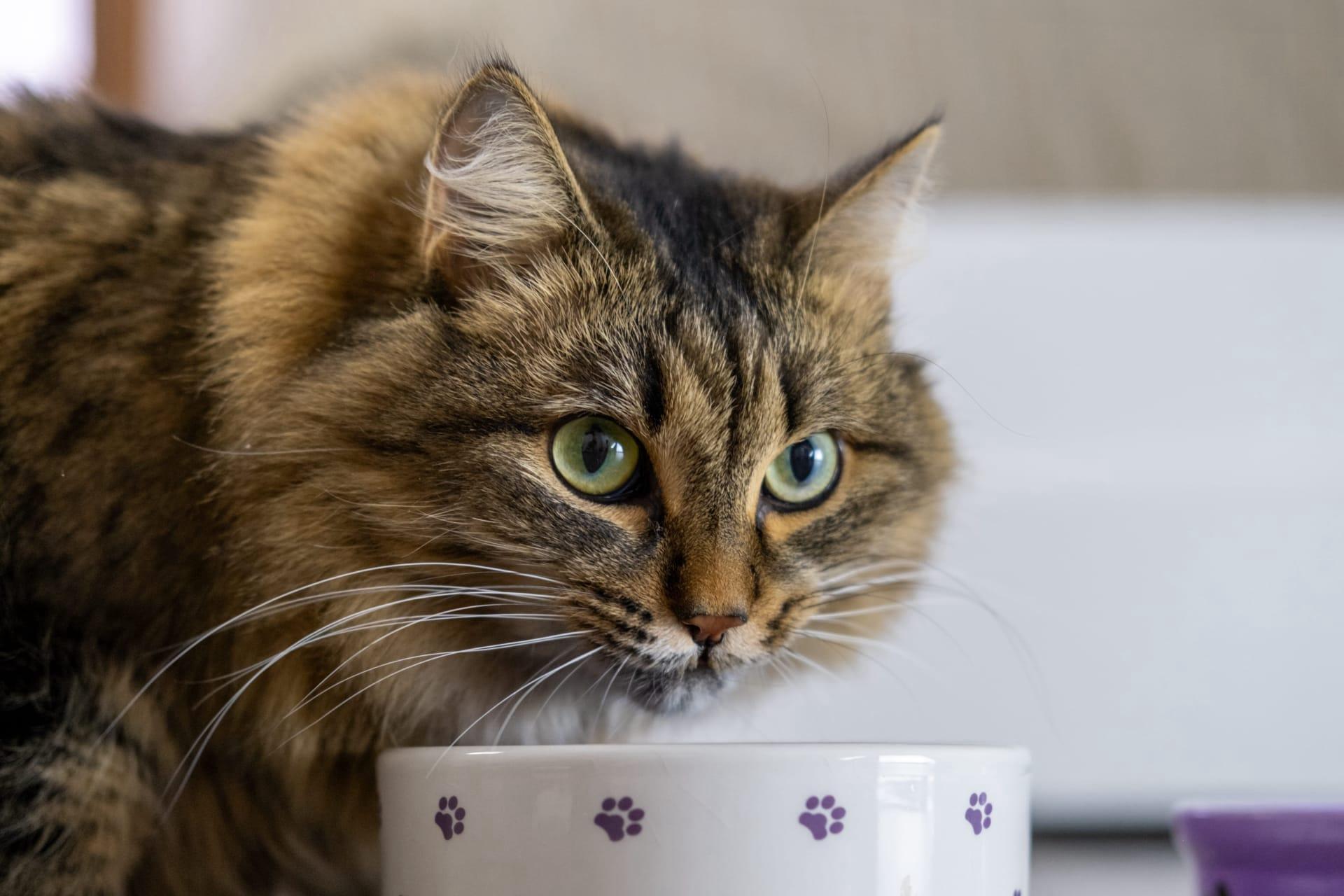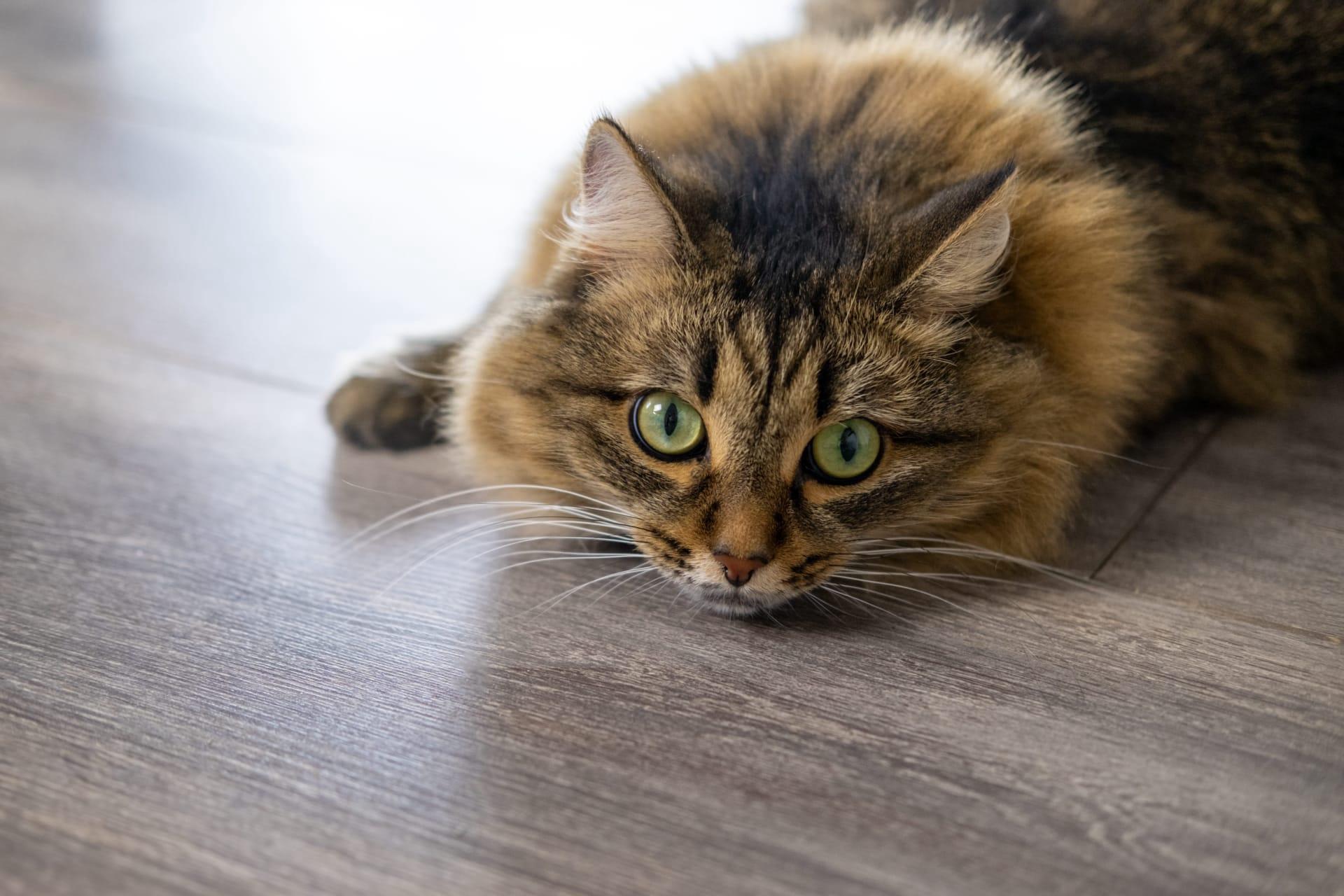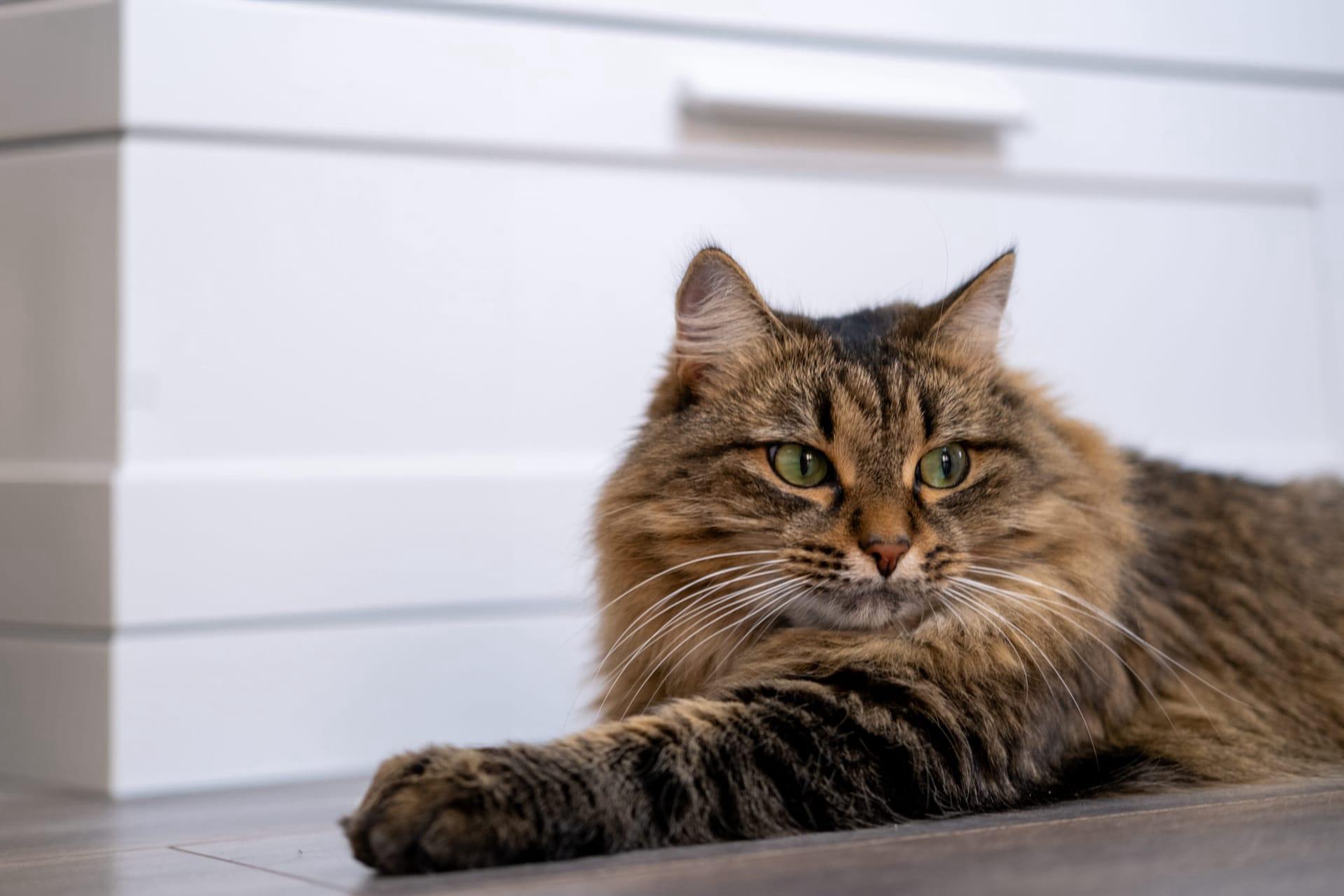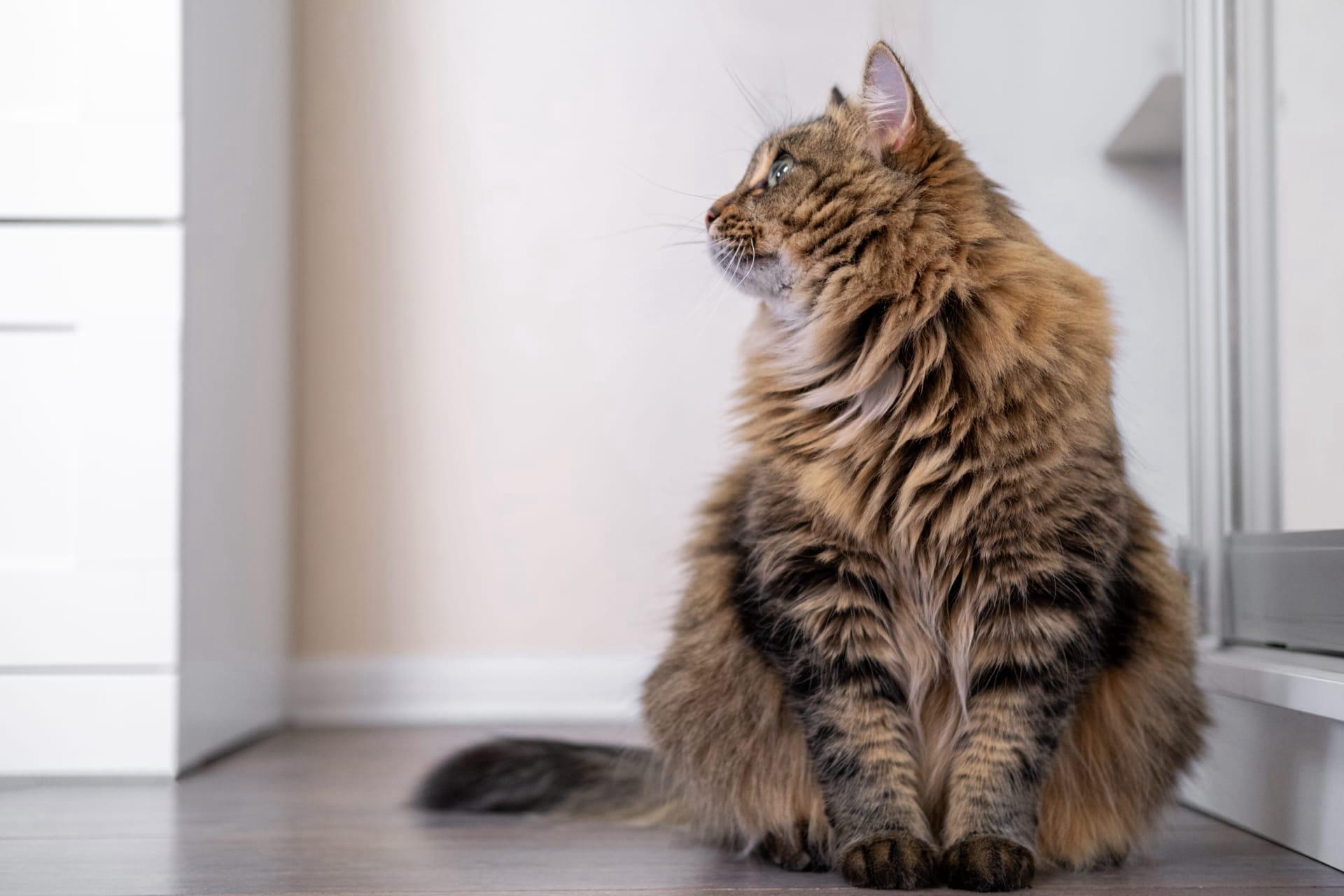1
The Siberian cat, a native to the frosty forests of Russia, boasts a luxurious triple-layer coat that not only makes it a stunning spectacle but also serves as a vital adaptation to its cold habitat. This dense fur is water-resistant and helps the cat to endure the harsh Siberian winters. Remarkably, the coat's thickness and texture vary with the seasons, becoming fuller and fluffier during the winter months to provide additional insulation against the cold, and then shedding down for a lighter cover in the warmer months. The undercoat is particularly thick, acting as a thermal layer, while the outer layers are sleek and water-repellent, effectively protecting the cat from snow and rain.
Another fascinating trait of the Siberian cat is its hypoallergenic fur. Although no cat can be truly 100% hypoallergenic, Siberians produce lower levels of Fel d 1, the primary allergen present in cats. This characteristic makes them a more suitable pet option for individuals with mild to moderate allergies. Studies have shown that the levels of Fel d 1 in Siberian cats can vary widely, but on average, they are significantly lower compared to other breeds. This unique feature has garnered the Siberian cat a special place in the hearts of cat lovers, especially those previously unable to keep cats due to allergic reactions.

2
Renowned for their athletic prowess, Siberian cats are exceptional jumpers and climbers. This breed possesses a powerful, muscular build that enables it to leap great distances and heights with ease. Siberians have been known to jump over 5 feet (1.5 meters) in a single bound, showcasing their agility and strength. Their hind legs are notably stronger and slightly longer than their front, contributing to their impressive jumping capabilities. This attribute is not just for show; in their natural habitat, it aids them in climbing trees and navigating the dense forests of Siberia.
Siberian cats are also known for their remarkable intelligence and problem-solving skills. They are highly trainable and can learn to perform tricks or follow commands with the right motivation, such as treats or play. Their curious nature drives them to explore their surroundings and interact with various objects, often leading to them opening doors or finding hidden compartments. Owners of Siberian cats frequently share stories of their pets' clever antics, from retrieving toys on command to activating motion-sensor faucets, demonstrating their smart and inquisitive demeanor.

3
The Siberian cat's social and affectionate temperament is another highlight of the breed. Unlike some feline breeds that may prefer solitude, Siberians thrive on companionship, both with humans and other pets. They are known to form strong bonds with their families, often greeting them at the door and following them around the house to be part of the action. Their gentle and playful nature makes them excellent pets for households with children and other animals, as they are patient and tolerant. Siberians are also vocal cats, known to communicate with their owners through soft meows, purrs, and chirps, expressing their contentment or desire for attention.
Historically, Siberian cats have a long and storied past, with their origins dating back over a thousand years in Russia. They are mentioned in Russian fairy tales and folklore, often depicted as protectors of the home and symbols of good luck. This breed was not officially recognized outside of Russia until the late 20th century, making it a relatively new participant in the global cat fanciers' community. The Siberian cat's journey from the forests of Siberia to homes around the world is a testament to its adaptability and enduring charm, captivating cat enthusiasts with its majestic appearance and endearing personality.

4
Regarding their health, Siberian cats are notable for their robustness and longevity. This breed is genetically predisposed to a healthy constitution, with many Siberians living well into their late teens and early twenties. Their genetic diversity, a result of centuries of natural selection in the harsh climates of Siberia, contributes to their overall hardiness and resistance to many of the genetic health issues that can affect other cat breeds. However, responsible breeding practices are crucial to maintaining their health status, with breeders testing for common issues like hypertrophic cardiomyopathy (HCM), a heart condition that can affect cats.
Siberians are late bloomers when it comes to physical maturity. Unlike most domestic cats that reach full size by their first year, Siberian cats continue to grow and develop until they are around 5 years old. This extended growth period allows them to develop the strong, muscular physique that is characteristic of the breed. Their size varies, with males typically weighing between 15 to 20 pounds (6.8 to 9.1 kilograms) and females slightly smaller, making them one of the largest domestic cat breeds. Their majestic presence is complemented by a variety of coat colors and patterns, including tabby, solid, and colorpoint, making each Siberian cat uniquely beautiful.

5
The Siberian cat's affinity for water is unusual among domestic cats. Many Siberians are not only unafraid of water but actively enjoy playing with it. Owners often report their Siberian cats dipping paws into water bowls, splashing water, or even joining them in the shower. This fascination with water is not entirely understood, but it is thought to relate back to their ancestral lifestyle in snowy Siberia, where they may have fished in unfrozen rivers for food. This characteristic makes bath time with a Siberian potentially more interactive and enjoyable compared to other breeds.
Siberian cats play a unique role in the cultural heritage of their native Russia. They are often associated with Russian folklore and mythology, representing symbols of strength, endurance, and the spirit of adventure. In modern times, they continue to be celebrated in Russia and around the world, not only for their physical beauty and adaptability but also for their significant place in cultural history. Siberian cats are not just pets; they are a living link to the past, embodying the rugged elegance and resilience of the Siberian wilderness from which they hail.